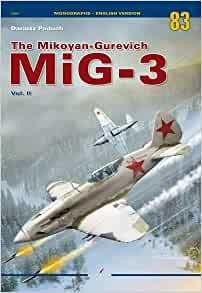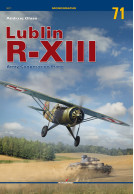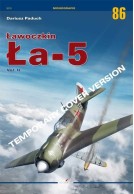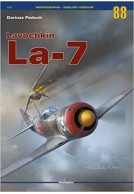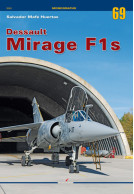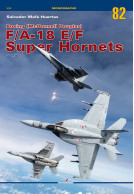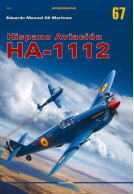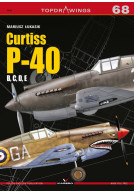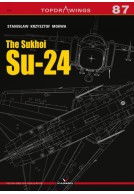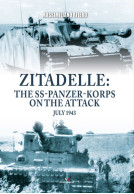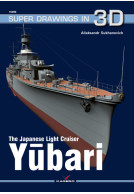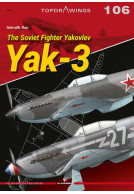The Mikoyan-Gurevich MiG-3 Vol. II (Paperback)
Imprint: Kagero
Series: Monographs
Pages: 72
Illustrations: 123 archival photos; colour profiles
ISBN: 9788366673915
Published: 28th May 2022
Series: Monographs
Pages: 72
Illustrations: 123 archival photos; colour profiles
ISBN: 9788366673915
Published: 28th May 2022
You'll be £24.00 closer to your next £10.00 credit when you purchase The Mikoyan-Gurevich MiG-3 Vol. II. What's this?
+£4.99 UK Delivery or free UK delivery if order is over £40
(click here for international delivery rates)
Need a currency converter? Check XE.com for live rates
(click here for international delivery rates)
Need a currency converter? Check XE.com for live rates
The I-200 fighter project was a compromise between design office’s capabilities, realities of the Soviet aviation industry, with its available technologies, and military requirements.
According to the brief description of the MiG-3 from 1941, it was, in terms of its purpose, an interceptor, but, interestingly, it could also be used as… an attack aircraft, or a light, fast dive bomber.
Both the I-200 prototypes and the later MiG-1 and MiG-3 were single-seat, single-engine, mixed-design low-wing aircraft. Front part of the fuselage, together with the centre wing, up to the rear wall of the pilot’s cockpit, was made of metal. Only the tail part of the fuselage and wing consoles were wooden. Vertical stabilizer, which was an integral part of the fuselage, was made of wood, too, but horizontal stabilizer was all-metal. Rudders and ailerons had a metal construction and canvas cover. Undercarriage was made of chromansil steel.
In front part of the fuselage there was a pilot’s cabin with a seat, instrument panel and controls, front fuel tank, main offensive armament, water cooler and other componentry. Centre wing was attached to the front part of the fuselage at seven points, the rear part at four points, while the engine mount was supported by two.
Other titles in the series...
Other titles in Kagero...







